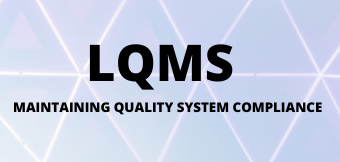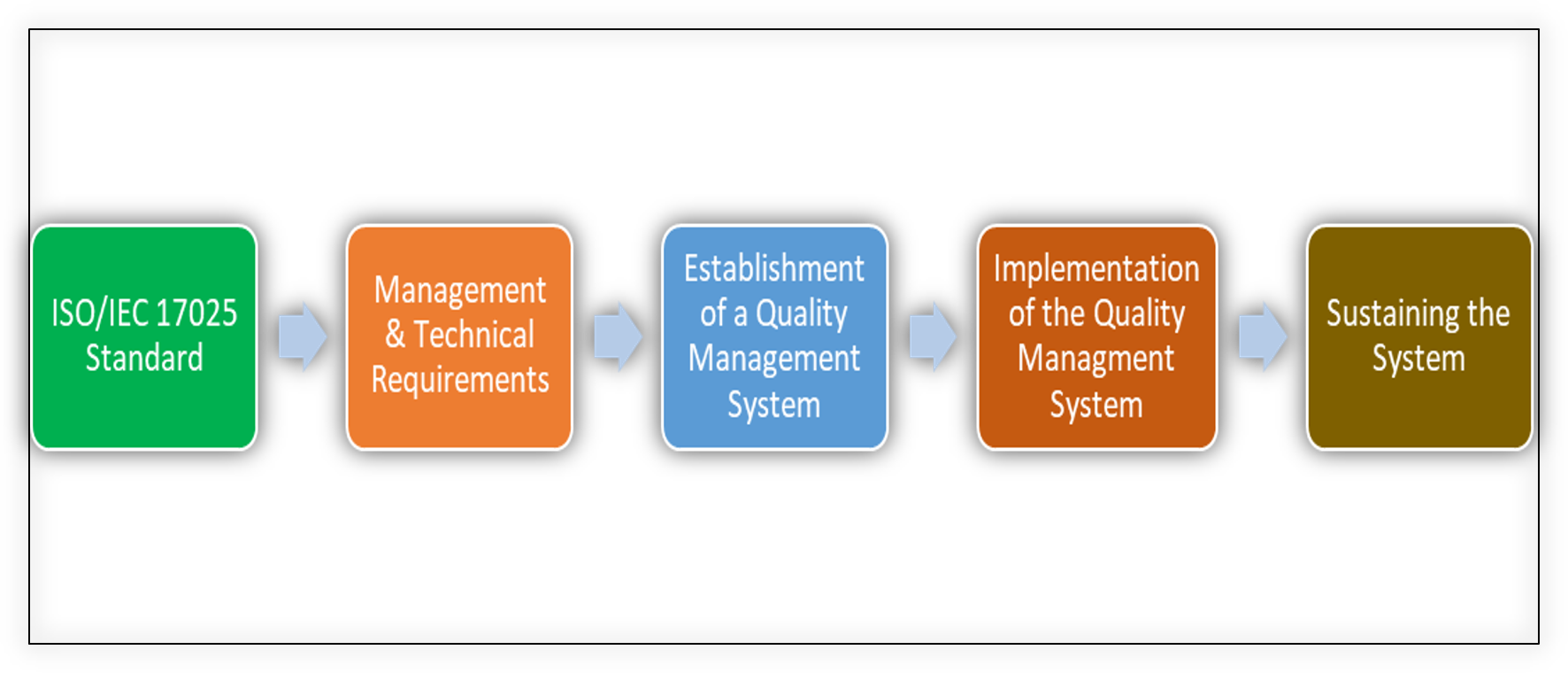
Nou Ako
In the coming weeks I will share a series of posts on ISO/IEC 17025.
Despite the fact that the actual standard or the document itself can fit into any handbag, the work that laboratories put in towards satisfying the requirements of ISO/IEC 17025 is massive. The work in itself is as big as the laboratory.
The rationale behind the series of posts on ISO/IEC 17025 is to give new graduates in Chemistry a stepping stone towards understanding Laboratory Quality Management Systems. Setting new graduates on this path ensures their awareness and familiarity of the standard and the expectation our industry has on them.
Young chemists already in the job can also use the series of posts to promote their understanding of ISO/IEC 17025 even further.

The series of posts is a personal interpretation of my understanding of ISO/IEC 17025. For this reason, you should consult the actual standard, either the previous version, ISO/IEC 17025:2005 or the current version, ISO/IEC 17025:2017 for greater clarity.
Be that as it may, by the end of this series of posts, you should have an understanding of what the standard is and its requirements on Testing and Calibration laboratories. Additionally, you should know what the two primary components of the standard are and the significance of ISO/IEC 17025 to an accredited laboratory.
BRIEF HISTORY OF ISO/IEC 17025
The standard was first published as a guide in 1990 as ISO/IEC Guide 25. In 1999, ISO/IEC 17025 was published. This publication was based on ISO/IEC Guide 25. The standard was first revised and published in 2005 (as ISO/IEC 17025:2005) and again in 2017 as the current standard, ISO/IEC 17025:2017.
WHAT IS ISO/IEC 17025?
ISO/IEC 17025 is a standard that was published by the International Organisation for Standards or ISO, specifically, for testing and calibration laboratories. As its title (“General Requirements for the competence of testing and calibration laboratories”) stipulates, ISO/IEC 17025 outlines the requirements by which laboratories can successfully demonstrate COMPETENCE in their scope of accreditation.
By using this standard as a guideline, laboratories may be able to establish, implement and maintain or sustain their Quality Management System.
However, such systems, regardless of the level of competence a laboratory may demonstrate, is always subject to External Auditing.
External Auditing is necessary as it ensures uniformity of the level of competence of laboratories across borders to the globally accepted standard. For this reason, this standard is used by accrediting bodies as the basis for accreditation to ISO/IEC 17025.
With that being said, in Papua New Guinea, this accrediting body responsible for External Auditing, is the Papua New Guinea Laboratory Accreditation Schemes (or PNGLAS).
WHAT ARE THE DIFFERENT COMPONENTS OF
ISO/IEC 17025
The standard has two primary components. Management Requirements and Technical Requirements. Management Requirements make up Section 4 of the ISO/IEC 17025 standard while Section 5 addresses Technical Requirements.
4. MANAGEMENT REQUIREMENTS
Management Requirements relate to how an accredited laboratory demonstrates efficient and/or effective management of its Quality Management System. This is achieved by addressing the following key components.
4.1 Organisation
4.2 Management System
4.3 Document Control
4.4 Review of Request Tenders & Contracts
4.5 Subcontracting of Tests & Calibrations
4.6 Purchasing Services & Supplies
4.7 Service to the Customer
4.8 Complaints
4.9 Control of non-conforming testing and/or calibration work
4.10 Improvement
4.11 Corrective Action
4.12 Preventive Action
4.13 Control of Records
4.14 Internal Audits
4.15 Management Reviews
5. TECHNICAL REQUIREMENTS
Technical Requirements relate to how an accredited laboratory demonstrates its technical competence. This is achieved by addressing the following key components:
5.1 General
5.2 Personnel
5.3 Accommodation & Environmental Conditions
5.4 Test and Calibration Methods and Method Validation
5.5 Equipment
5.6 Measurement Traceability
5.7 Sampling
5.8 Handling of Tests & Calibration Items
5.9 Assuring the Quality of Test and Calibration Results
5.10 Reporting the Results
WHY IS ISO/IEC 17025 IMPORTANT?
ISO/IEC 17025 is important because the standard allows a laboratory to determine whether it is performing its work correctly and in line with a globally accepted standard. Accreditation to ISO/IEC 17025 provides formal recognition for being a competent laboratory.
Consequently, this endorsed recognition promotes confidence in customers and/or clients about a laboratory’s competence both in the national and international community in delivering quality results consistently.
HOW DOES A LABORATORY EFFECTIVELY MANAGE ITS QUALITY MANAGEMENT SYSTEM & SUSTAIN ITS ACCREDITATION TO ISO/IEC 17025
For any laboratory involved in Testing and Calibrations, it must effectively address and meet the requirements outlined under MANAGEMENT REQUIREMENTS and the key components outlined under TECHNICAL REQUIREMENTS for it to sustain its continued accreditation to the globally accepted standard.
This article was first published on the Nese Heights Online Website (https://neseheights.com).
In subsequent posts, I will share about the different key components outlined under MANAGEMENT REQUIREMENTS, including some actions a laboratory would take to successfully address those requirements.
Then continue on to TECHNICAL REQUIREMENTS in due course.
Related Articles